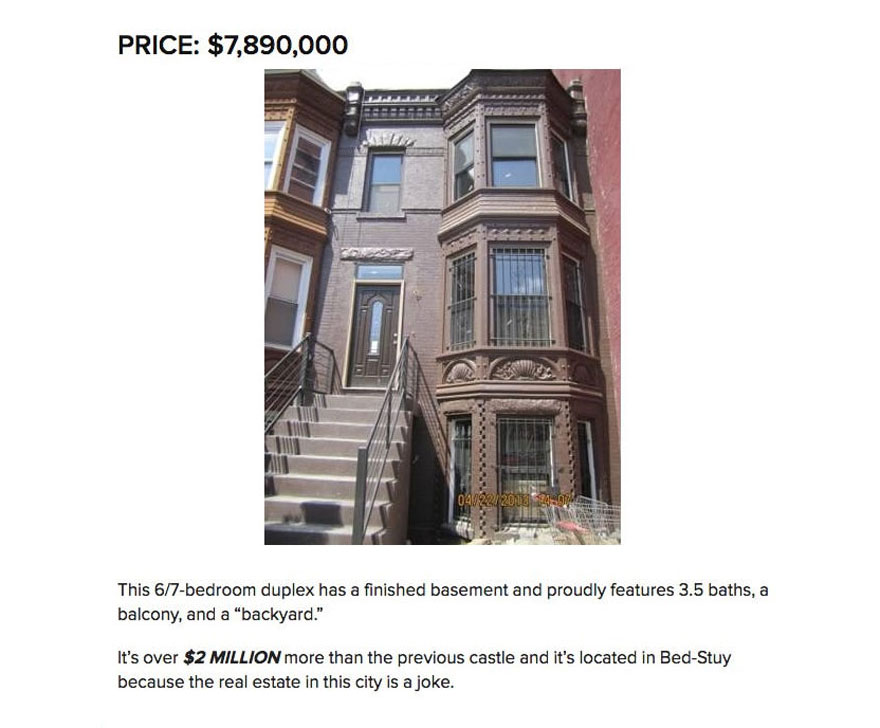In Human Action, Mises distinguishes between what he calls “class probability” and “case probability.” He defines class probability as such:
Class probability means: We know or assume to know, with regard to the problem concerned, everything about the behavior of a whole class of events or phenomena; but about the actual singular events or phenomena we know nothing but that they are elements of this class.
This is the ordinary sort of probability. We reach into an urn containing seven red balls and two white balls, so the probability of choosing a red ball is 7:2. We can say this because we have knowledge about the class of balls in the urn. Mises distinguishes this from case probability:
Case probability means: We know, with regard to a particular event, some of the factors which determine its outcome; but there are other determining factors about which we know nothing.
Mises goes on to criticize the tendency to conflate case probability with class probability. To say that a political candidate’s odds of winning an election are 9:1 is a meaningless statement; there is no class of ten elections of which nine result in the candidate’s victory. At best, it is a faulty analogy.
There is a famous math problem that demonstrates the error in applying the reasoning of class probability to case probability: the Ali Baba problem (also known as the two envelopes problem).
Two men, Ali and Baba, are presented with a problem. Ali is given an envelope containing a certain amount of money. There are two other envelopes, one with half the original amount and one with double the original amount. A fair coin is flipped to select which envelope to give to Baba.
Ali reasons that his expected payoff is increased by switching envelopes with Baba. If X is the amount in Ali’s envelope, he gets 2X with probability one half and 1/2X with probability one half, so his expected value from switching is 2X*1/2+1/2X*1/2=5/4X. But herein lies the (apparent) paradox: Baba concludes by the same reasoning that he can also get a larger expected return by switching. How can this be?
The answer is that Baba has made an error; he has wrongly applied the logic of class probability to a problem of case probability. Baba’s envelope was drawn from a class of envelopes with known properties: specifically, there were two envelopes, one of which contained four times the amount of money in the other. Ali, in making the calculation above, uses his knowledge about the class of envelopes from which Baba’s envelope was drawn. For Baba to apply the same reasoning to Ali’s envelope is incorrect; although we are uncertain about the amount in Ali’s envelope, we cannot treat it as if it were drawn from a known class (double Baba’s envelope or half Baba’s envelope).
The post Mises, Probability, and the Two Envelopes Problem appeared first on The Economics Detective.

